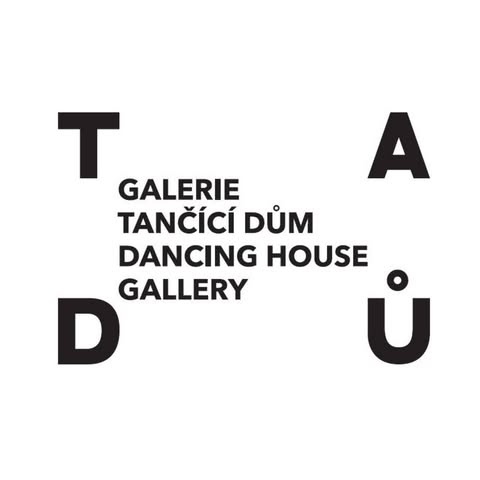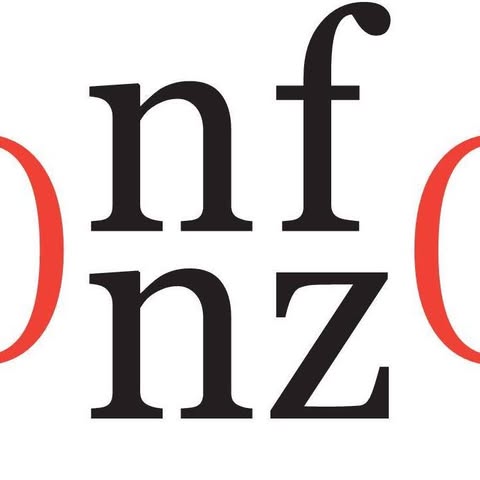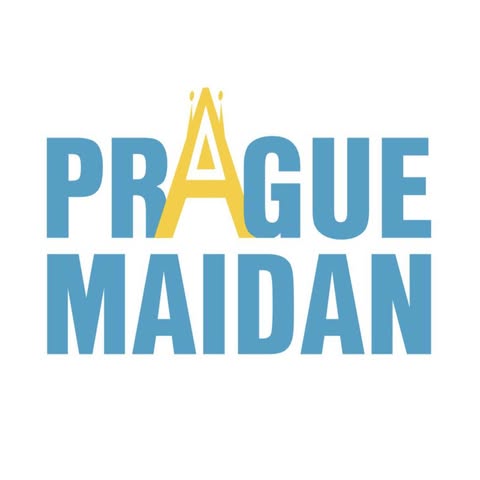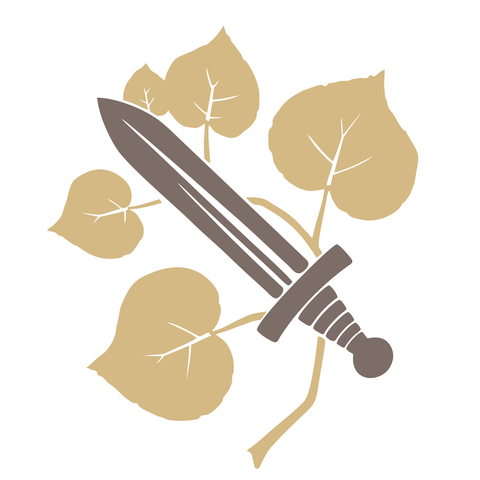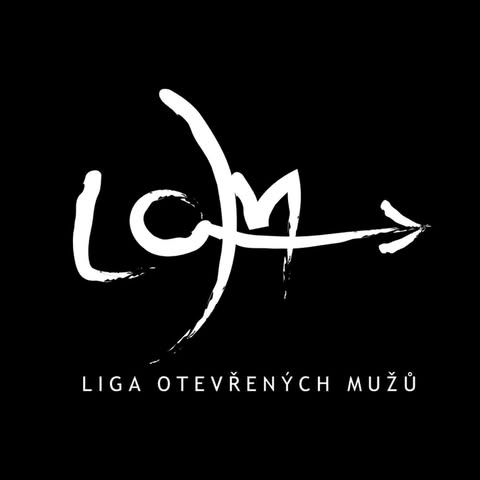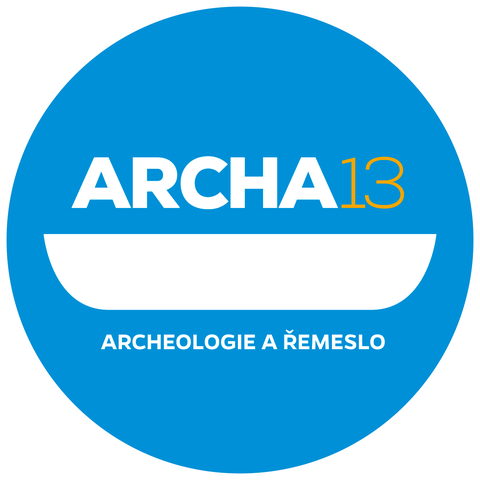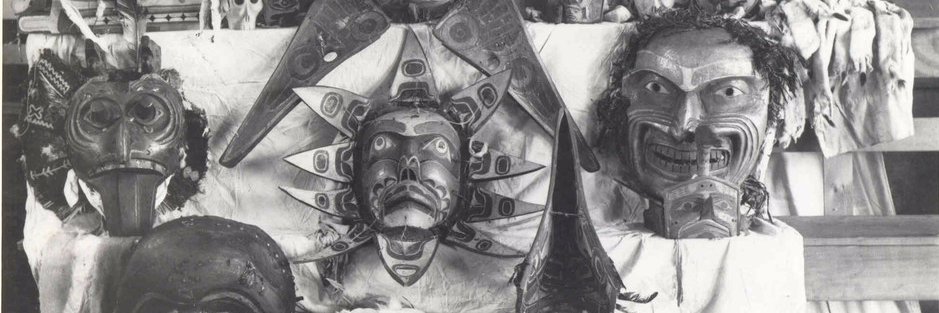
U'mista Cultural Society
108149022
V0N1A0
umista.ca
Umistasociety
Umista.Cultural.Society
2476047
Podobné organizace
Podobné organizace global
Finnish Heritage Museum |
|
Kauluakalana |
|
POLISH CULTURAL INSTITUTE |
|
ARMENIAN MUSEUM OF AMERICA INC |
|
Kodiak Historical Society |
Podobná návštěvnost
Art Salon S, z. s. |
|
OBRAZ - Obránci zvířat, z. s. |
|
NFNZ - Nadační fond nezávislé žurnalistiky |
|
Centrum Anabell, z. ú. |
|
Sdružení pro integraci a migraci, o. p. s. |
Podobně sociální sítě (5052)
Pražský Majdan, z.s.5200 |
|
Branné oddíly ČR z. s.5100 |
|
Plzeňské Centrum Filosofie a Umění, z.s.5200 |
|
Liga otevřených mužů, z.s.5200 |
|
ONE MORE DAY FOR CHILDREN, nadační fond5200 |
Více Ostatní organizace/sluzby pro umění, kulturu a humanitní vědy j. n.
HRADIŠTĚ - RATSCH, z.s.Lovečkovice |
|
Nadace St. JoachimJáchymov |
|
Erudito, z. s.Sokolov |
|
Letecký spolek Hory, zapsaný spolekNové Sedlo |
|
ARCHA 13 o.p.s.Liberec |
Novinky
T̓ŁAG̱A̱KWA̱ME' and SISIYUTŁ Sea Serpent Headdress and Belt 𝘗𝘈𝘙𝘛 𝘖𝘍 𝘛𝘏𝘌 𝘜’𝘔𝘐𝘚𝘛𝘈 𝘗𝘖𝘛𝘓𝘈𝘛𝘊𝘏 𝘊𝘖𝘓𝘓𝘌𝘊𝘛𝘐𝘖𝘕 PHYSICAL DESCRIPTION Headdress: Sisiyutł headdress with a central human face with the hands held up along its sides. The inside ring of the headdress is made from a cotton printed material (bearing a green printed checkered pattern) with a strip of pounded and dyed red cedar bark sewn around it. On the back of the cedar bark band is a piece of shredded and dyed red cedar bark, folded to give it some thickness. These three layers are sewn together with white and black thread. On the front of the head ring is a carving made of alder which likely represents the human figure that is central to Sisiyutł designs. The name “Bond Sound” is penciled on the forehead of the carving. The arms of the figure are raised. Usually only the hands are included in this character; this feature makes this carving unique. The carving is sewn with black thread to the head ring through a series of vertical holes between the arms and sides. The eyes were inlaid and were probably set with mirrors like the serpents on the matching belt, but only the pitch resin adhesive remains. The design is painted in red, green and black on an unpainted background and the paint seem to be natural pigment paints, which are much more durable than the commercial paints that were being used in later times. Strips of a woolen blanket are cut and sewn to the ring and hang down on either side to make straps to be tied under the chin. A strip of stiff fabric is folded over itself and is nailed to the back of the carving, probably to make the carving more comfortable when wearing it on the forehead. Belt: Sisiyutł “Double-Headed Serpent” belt made of three separate pieces of carved alder attached with dyed red woven cedar bark bands. The cedar bark is pounded and woven into rings to make it flexible to wrap around the wearer’s waist. The belt has cotton fishing rope for ties on the inner sides of the back of the serpent’s heads. The eyes on the central face are inlayed with mirrors that are cracked; only small pieces remain. Original pitch resin glue is visible showing the method of setting the mirror inlay. The mouth is carved open and displays large rounded carved-out teeth. Some of the fingers have broken off both hands. The horns on all of the heads are carved separately and added by jointing, nailing and screwing. They are intact and also have mirrors set inside the spirals. The mirrors of the central face horns are missing. “Bond Sound” is faintly written in pencil on the top forehead of the human central face. The identification number “VII.E.466” is written over the name in thicker and darker pencil on the left side of the forehead. The connecting bands of woven cedar bark are worn at the ends where they connect to the serpent's heads. It seems that they were bound with a darker dyed red cedar bark and this could indicate that it is a repair over the original joins. The serpents are carved on both sides and the tongues and heads are connected and made from single pieces of wood. The serpent’s eyes, horns and nostrils are all inlayed with mirrors. The reflection of the firelight during the movement of the dancer must have made this belt magical. PROVENANCE Owned by Bondsound until its forced surrender to Indian Agent William Halliday on March 25, 1922. Halliday later displayed and photographed the seized pieces at the Parish Hall in Alert Bay. After doing an inventory, he crated the items in June, and at the end of September he shipped them to Edward Sapir at the National Museum of Man (now the Canadian Museum of History). They remained the property of the NMM until their repatriation by the U’mista and Nuyumbalees Cultural Societies in 1979. MATERIALS Headdress: Cedar bark, alder wood, cotton fibre, paint, resin Belt: Alder wood, cedar bark, paint, cotton fibre, mirror glass, iron DIMENSIONS Headdress: 9.0 cm x 18.5 cm x 22.0 cm Belt: 14.5 cm x 36.0 cm x 66.0 cm ► Visit these pieces (in 3D!) online here: https://umistapotlatch.ca/visite_virtuelle-virtual_tour-eng.php#2/0/80.01.135 ► Potlatch Gallery 360º Interactive Tour: https://umistapotlatch.ca/visite_virtuelle-virtual_tour-eng.php#1 ► Plan a visit to the Potlatch Gallery: U’mista Cultural Centre Alert Bay, BC www.umista.ca . . . #SISIYUTŁ #SeaSerpent #DoubleHeadedSeaSerpent #PotlatchGallery #PotlatchCollection #Umista #UmistaCulturalSociety #AlertBayBC #Kwakwa̱ka̱wakw Living Tradition, The Kwakwa̱ka̱'wakw Potlatch on the Northwest Coast (fb)
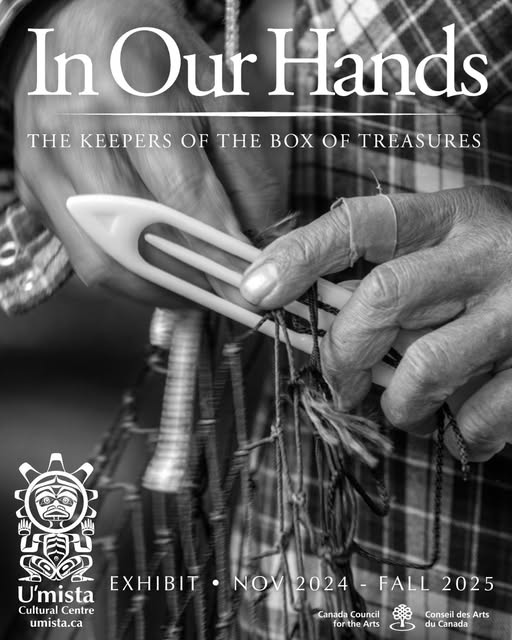
“I met Stella in grease camp [where we catch eulachon fish to make fish oil]. Stella was there with her grandparents. The old lady and the old man taught us how to do build the nets. They taught us in our language [Kwak̕wala] but if we stepped over the lines, they would bawl us out in English. You know how it is. You're taught to do it one way. Then you go do it your own way. [laughter]” Detail: Stevie Beans Gig̱a̱me' Kwa̱nxwalas ʼNa̱mǥis • Mama̱liliḵa̱la Stevie & Stella’s portrait in “In Our Hands: The Keepers of the Box of Treasures” speaks to learning, laughter, and the blending of tradition with lived experience. Their story, like so many in this exhibit, reminds us that teachings live not only in books or ceremony — but in the everyday moments and memories we carry. Exhibit: In Our Hands: The Keepers of the Box of Treasures 📍 U’mista Cultural Centre 🗓 On now through Fall 2025 U’mista Cultural Centre #1 Front Street, Alert Bay, BC Open Mon-Fri 9-5:00 For Centre hours and admission rates: https://www.umista.ca/pages/contact G̱ilakas’la Canada Council for the Arts for their support of this project. . . . #InOurHands #BoxOfTreasures #GreaseCampStories #Kwakwa̱ka̱wakwCulture #Umista (fb)

Poslední komentáře
Love what U'mista Cultural Society is doing to preserve and showcase the rich heritage of the Kwakwaka'wakw! Can't wait to visit and explore the Potlatch exhibit! 🌟detail |
|
Such a treasure trove of culture! Supporting local artists and keeping traditions alive is so important. Hoping to see more people get involved! 🖤✨detail |
Poslední diskuze
How can NGOs like the U'mista Cultural Society foster greater community engagement in preserving indigenous cultures and traditions?Odpovědí: 3, Naposledy před 1 den detail |
|
What role does art play in cultural identity, and how can organizations help to promote and support local indigenous artists?Odpovědí: 3, Naposledy před 1 den detail |
V okolí
4.5
V0N1A0
O společnosti
- A99 -
Just added to your cart Located in Alert Bay BC Canada the mandate of the Umista Cultural Society is to ensure thesurvival of all aspects of the cultural heritage of the Kwakwakawakw. Featured collection INDIGENOUS ART Testimonials One of the finest small museums I have ever been to. The recapturing of culture is important and this museum is doing a great job. Well organized with a great selection of cultural items and historical notes.
Ostatní organizace/sluzby pro umění, kulturu a humanitní vědy j. n.





